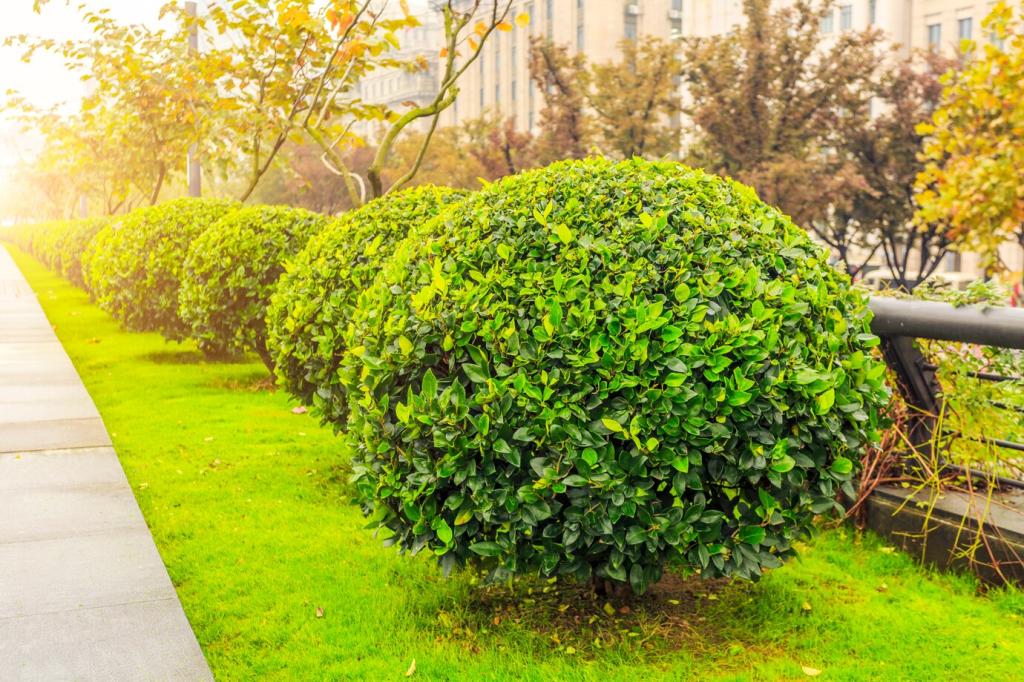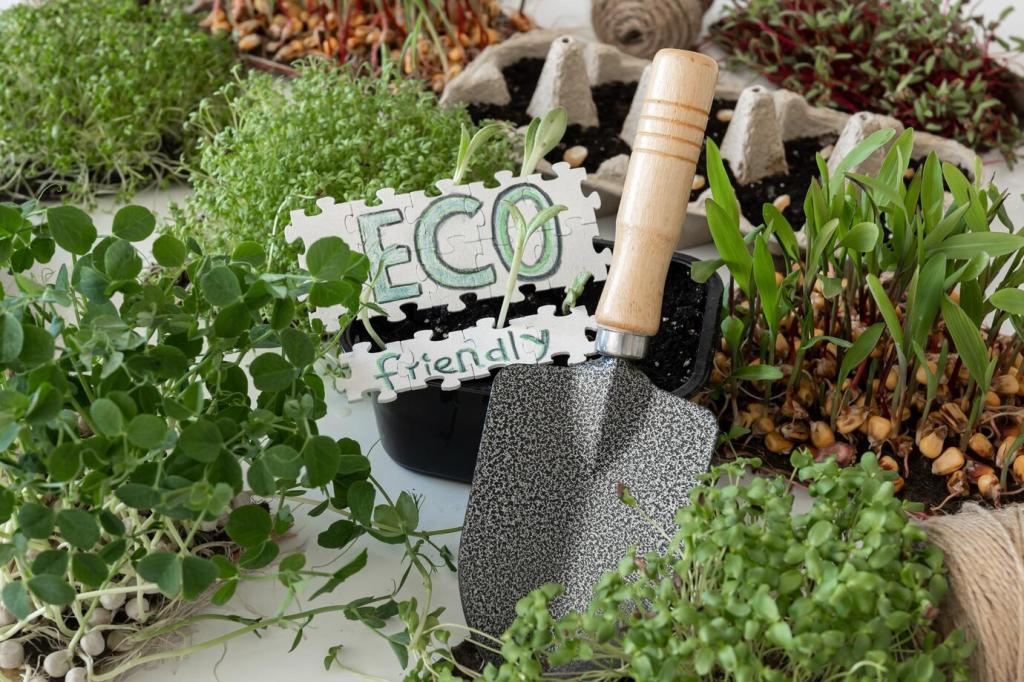Sustainable Tree Maintenance Practices
Foundations of Sustainable Tree Maintenance
The Triple Bottom Line of Tree Care
Sustainable maintenance improves environmental outcomes, strengthens social wellbeing, and protects budgets. Shade reduces energy costs, healthier soils filter stormwater, and equitable canopy coverage cools pedestrian routes. Share where shade matters most in your neighborhood to guide future planting.
Life-Cycle Thinking for Urban Trees
Plan from planting to maturity. Species selection, site preparation, formative pruning, and long-term monitoring prevent expensive corrections later. Tell us which stage your trees are in, and we’ll tailor actionable maintenance steps for your exact context and climate.
Setting Measurable Stewardship Goals
Define targets like reduced water use, increased canopy cover, or fewer storm breakages. Track progress with simple metrics and photos. Comment with your baseline measurements and we’ll help design a practical, year-long sustainability plan you can actually follow.
Soil Health, Mulch, and Root-Friendly Practices
A two- to four-inch composted wood-chip ring, kept off the trunk flare, moderates temperature, improves structure, and boosts biology. A small city park replaced mulch volcanoes with rings and cut irrigation by half in one summer. Share your mulch wins.
Water-Wise Irrigation and Drought Resilience
Slow, deep applications train roots downward, improving stability and drought tolerance. Use basins or drip emitters and adjust by soil texture. What’s your soil like—sand, loam, or clay? Comment, and we’ll suggest precise intervals that save water and stress.


Water-Wise Irrigation and Drought Resilience
Curb cuts, bioswales, and permeable pavements direct rainfall to root zones, reducing runoff and irrigation demand. One block retrofit doubled infiltration and revived stressed lindens within a season. Share a photo of any pooling spots, and we’ll design a micro-solution.


Pruning for Structure, Health, and Longevity
Early structural pruning sets strong branch architecture, preventing co-dominant stems and weak attachments. On Maple Street, three light formative sessions saved thousands in later risk mitigation. Share your young tree photos, and we’ll mark clean cuts to guide your next pass.
Pruning for Structure, Health, and Longevity
Favor selective cuts to clear buildings, lights, and sightlines, avoiding topping that invites decay and vigorous, weak regrowth. Document trouble spots on a map and schedule small, regular interventions. Got a conflict? Describe it, and we’ll suggest minimally invasive options.



Community, Policy, and Long-Term Stewardship
Citizen Science Tree Inventories
Volunteers can map species, canopy width, and condition ratings, turning observations into maintenance priorities. A weekend audit uncovered hazardous girdling roots at three schools. Want our open template? Subscribe, and we’ll send the toolkit with easy training guides and forms.
Maintenance Agreements and Budgets
Sustainable practices need predictable funding for inspections, mulching, irrigation checks, and timely pruning. Multi-year agreements beat crisis spending every time. Tell us your budget cycle, and we’ll outline a phased plan that aligns actions with available resources sensibly.
Education That Changes Behavior
Workshops, trail signs, and quick videos transform habits—like stopping mulch volcanoes for good. After one HOA session, residents created beautiful mulch rings overnight. What messaging resonates in your community? Share ideas, and we’ll craft materials you can deploy this month.
